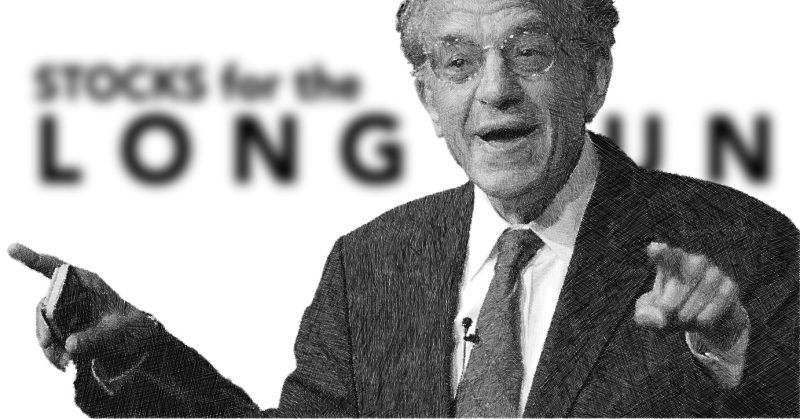by Professor Jeremy J. Siegel Senior Economist to WisdomTree and Emeritus Professor of Finance at The Wharton School of the University of Pennsylvania
This week’s economic indicators continue to reflect a resilient U.S. economy despite the ongoing pressure from higher interest rates. Jobless claims dropped to 227,000, indicating a steady labor market. Durable goods orders came in strong, aligning with estimates, and GDP growth for Q3 is expected to come in between 3% and 3.25%, a robust figure by most standards. What stands out is that this economic resilience persists even as the Federal Reserve’s (Fed’s) rate hikes are starting to weigh on consumer spending and housing. The inflation expectations index from the University of Michigan revealed a revision down to 2.7%, which is among the lowest readings since the pandemic began. While prices remain high, inflationary pressures are stabilizing rather than surging anew.
The Fed’s path for future rate adjustments has evolved significantly. At one point, the market was pricing in as many as eight rate cuts through mid-2024, but that figure has dwindled to around three or four. The 10-year Treasury yield is up to around 4.20%, and I expect it could rise further as the economy stays strong. This is driven by the Fed’s commitment to maintaining a cautious stance in light of persistent strength in economic fundamentals. The jobs report, set to release on Friday just before the Federal Open Market Committee (FOMC) meeting next week, will play a crucial role in the Fed's next move. Depending on how that data comes in, the Fed will either make a moderate 25-basis-point cut or hold steady. I am leaning towards a pause if the job report is strong, and a cut if not.
Turning to earnings, corporate America is performing well, with most companies exceeding earnings expectations. The tech sector remains the biggest mover, led by companies like Tesla, which continues to defy gravity thanks to its strong positioning in EVs and autonomous driving technology. However, it’s important to note that much of Tesla’s valuation is tied to the promise and optionality of future developments like self-driving technology. Still, good earnings across the board provides underlying support for equities, even if bond rates remain high.
Looking ahead to the election, Donald Trump’s odds in betting markets have improved substantially. A Republican sweep—where the GOP gains control of both the Senate and House—could lead, at least temporarily, to an increased fear of higher deficits, causing bond yields to move up significantly. Historically, markets have shown a preference for divided government, as it helps curb excessive spending and deficit growth, particularly given that federal debt levels have reached new highs. Should the GOP control both houses, higher bond yields may create additional challenges for interest-sensitive sectors. Stocks, however, could see a short-term bump on the expectation of pro-business policies, though any gains may be counterbalanced by rising yields.
In the current environment, long-duration bonds still appear risky given rising yields and uncertain fiscal policy. Equities continue to show resilience. Investors should keep an eye on earnings growth and maintain caution around sectors highly dependent on borrowing, such as housing. As we get closer to the election and the Fed decision, we should expect some potential volatility across asset classes.
Copyright © WisdomTree















